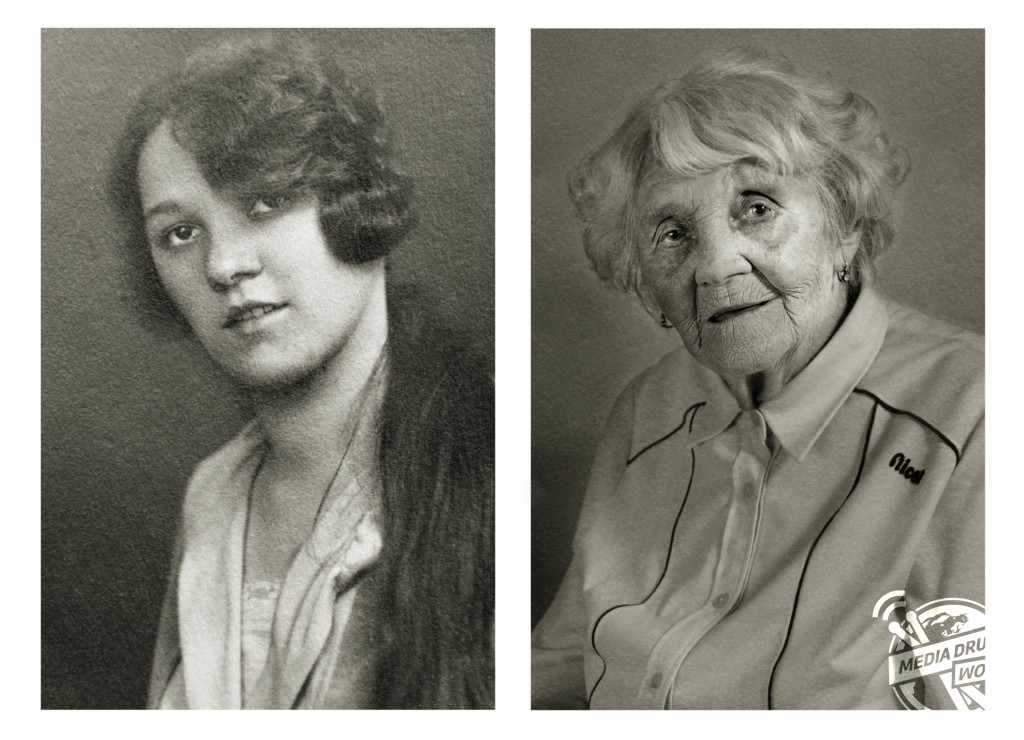
By Mark McConville
POIGNANT portraits have posed centenarians alongside their younger selves in a project called Faces of Century.
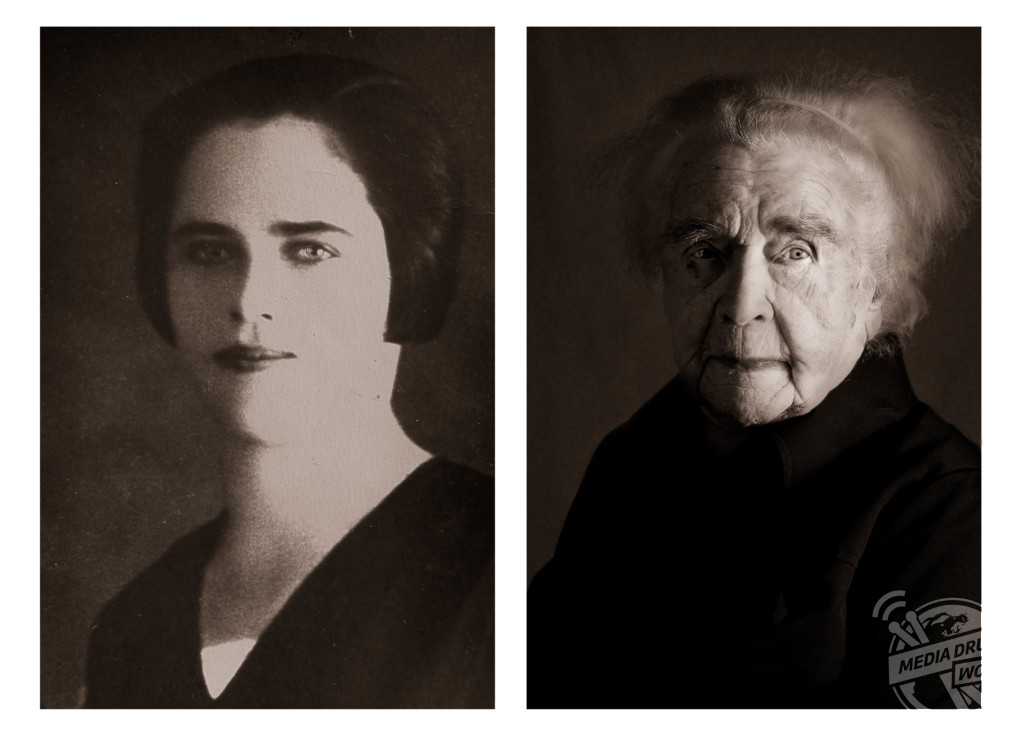
The incredible images tell the unique stories of each person’s life including one woman who was in the truck that hit and killed high-ranking German Nazi official Reinhard Heydrich’s son Klaus in 1943.
Another intriguing tale comes from a 101-year-old woman who decided to leave her luxury villa after turning 101 and burnt all material memories of her life including letters, diaries and photographs.
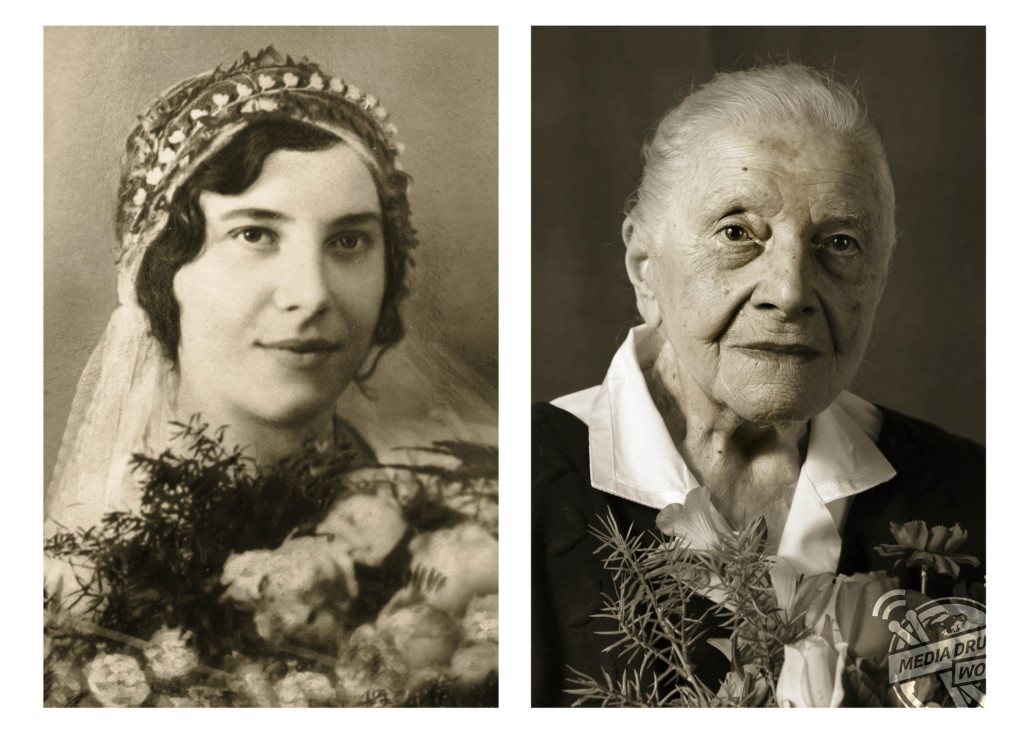
She turned up at a long-term care home with nothing more than a bathrobe and a toothbrush. The extraordinary portrait photographs are the work of photographer Jan Langer (39) from Opava, Czech Republic.
“Nowadays, there are over one thousand two hundred 100-year-old Czechs,” he said.
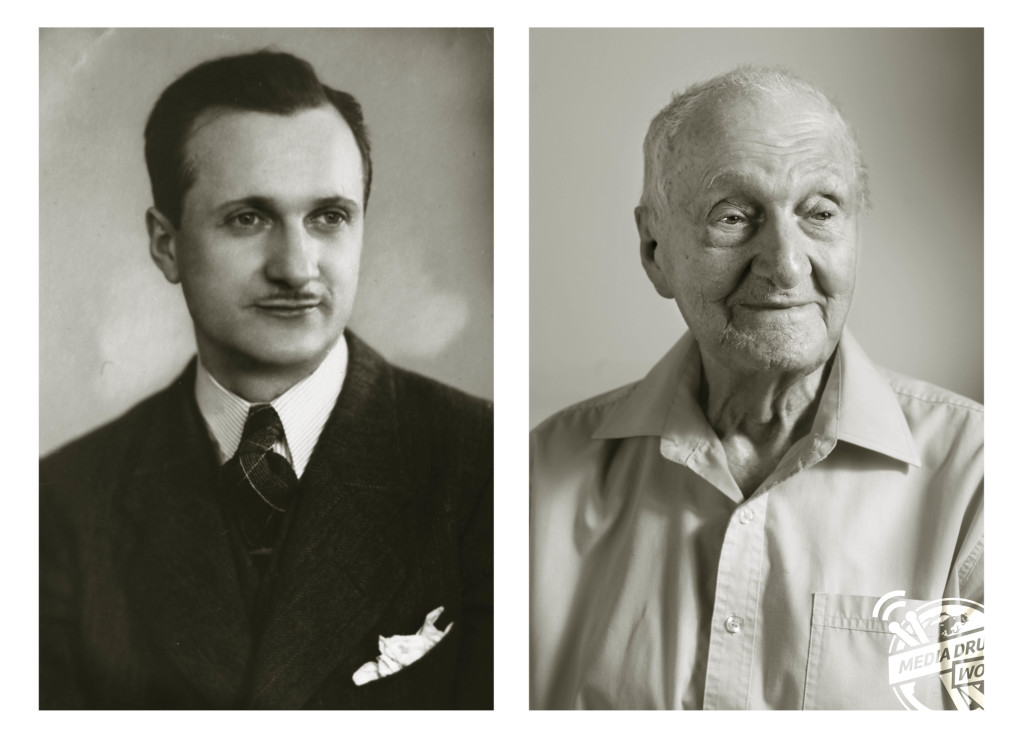
“In 50 years, their number will reach 14,000. How do these people see their life after such a period? Most those I approached agree that with advancing age life is faster; until, at last, the life will pass in a moment.
“Time is shrinking, as are the faces of the elders. I wondered what changes and what remains on a human face and in a human mind in such a long time.
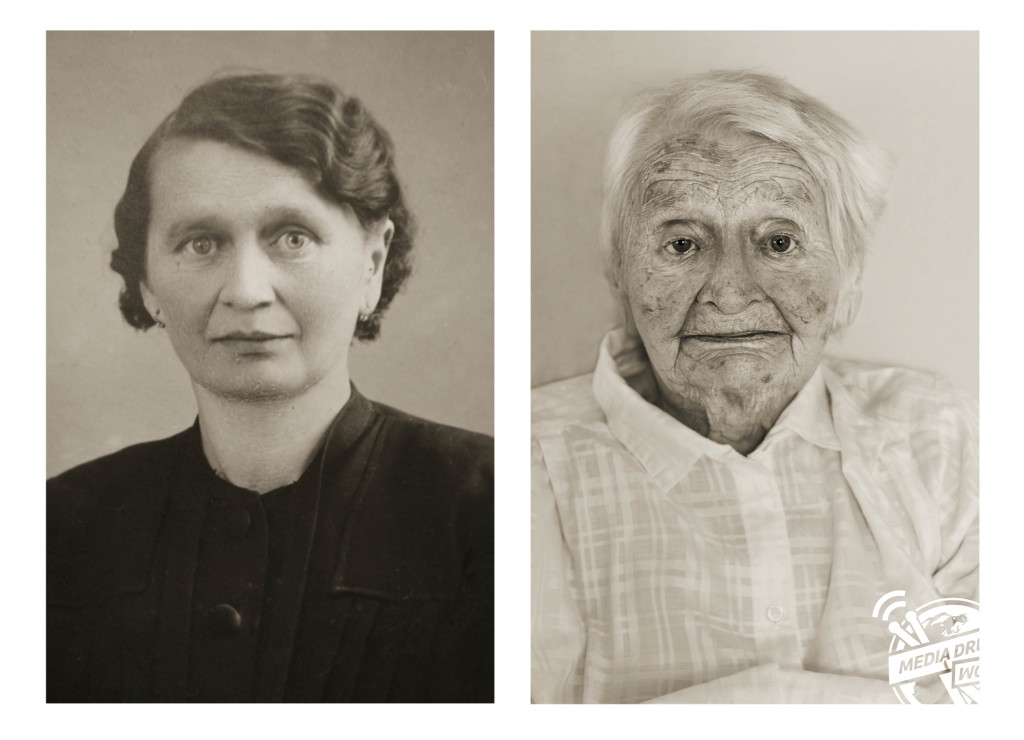
“This set of comparative photos explores the similarities and the differences in appearance and in physiognomy. The characteristics of personality change throughout life but it seems as if individual nature remains rooted in the abyss of time.”
The centenarians of Czech Republic have many interesting stories to tell, having lived through WW1, WW2 including Nazi occupation, the Austrian Empire, the formation of their national state, a communist regime and occupation by Russia, the velvet revolution and the wild capitalism of the 90s which led to the boom of new technologies in the new millennium.
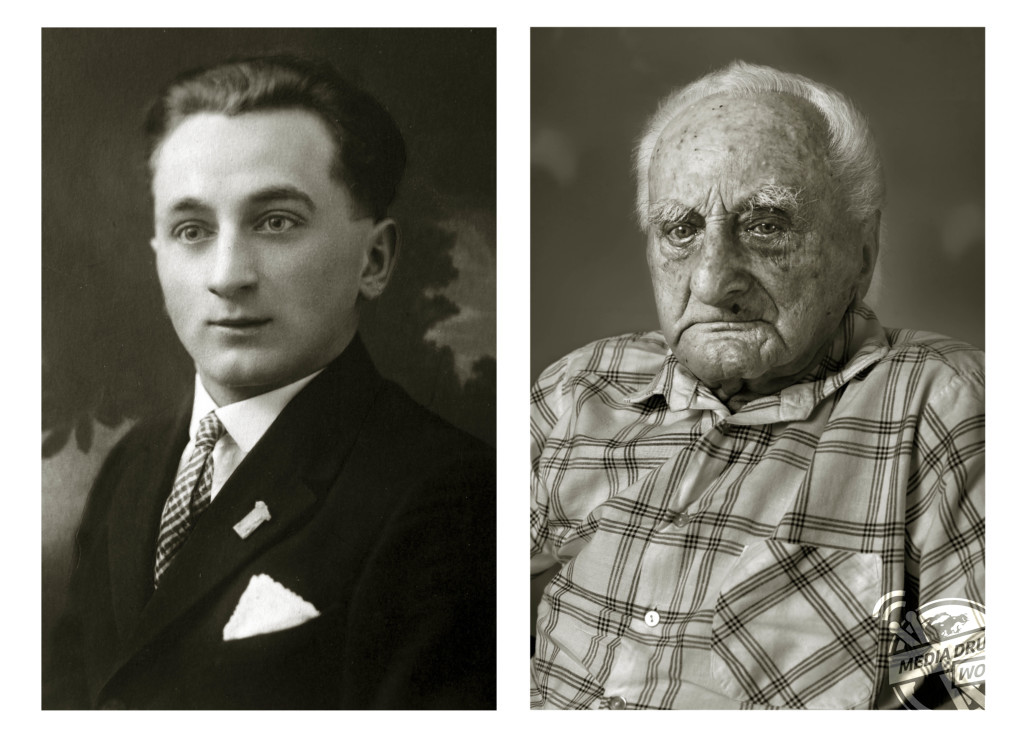
Mr Langer, who used a Canon 5DII to shoot the pictures, got the idea to bring insight to the lives of seniors after a work assignment on elderly people and health reform in Czech Republic.
The photographer has been touched by his meetings with his nation’s centenarians and feels the pictures show how life is short.

“I have been always interested in the story behind, in the photographed people’s lives, in their feelings about their life that had been almost gone,” he explained.
“Life is too short to live it quickly and hurry to reach goals even though that may sound like nonsense.
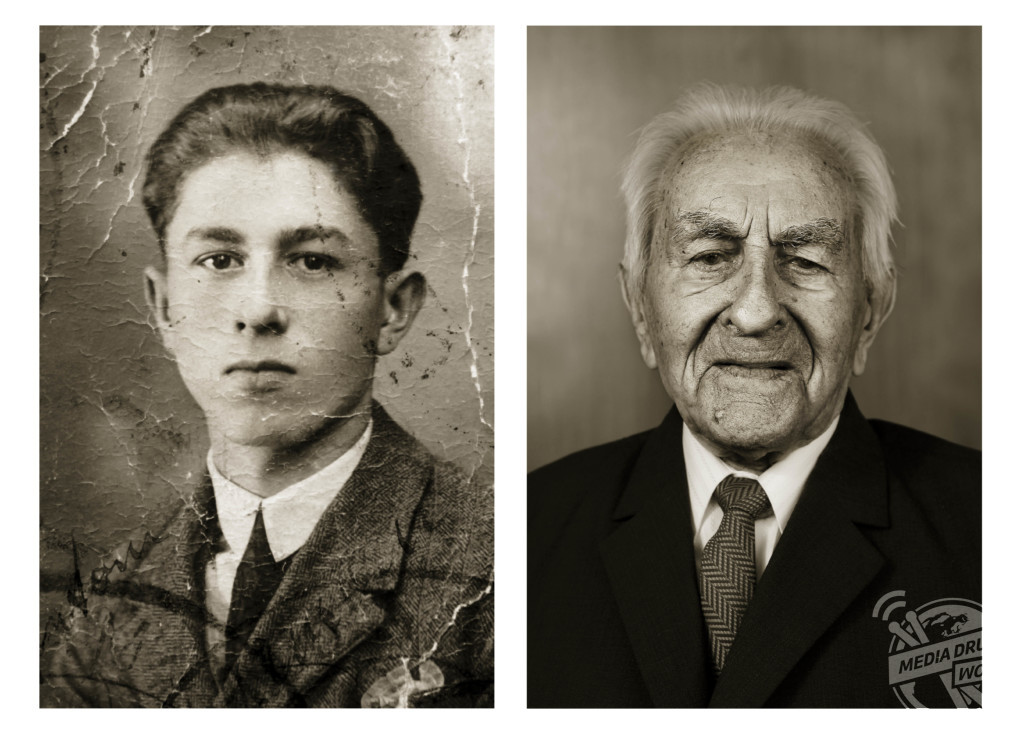
“The moments that could be the ones you will remember at the end of your life come unobserved but they are usually not connected to our professional career.
“It is very often the part of our childhood or family relations that form our life frame at its end.

“That is why I try to enjoy relatively trivial moments with my family or the moments when I just stop myself in the middle of nothing but being conscious of that by all my senses regardless the time or space I am in.”





